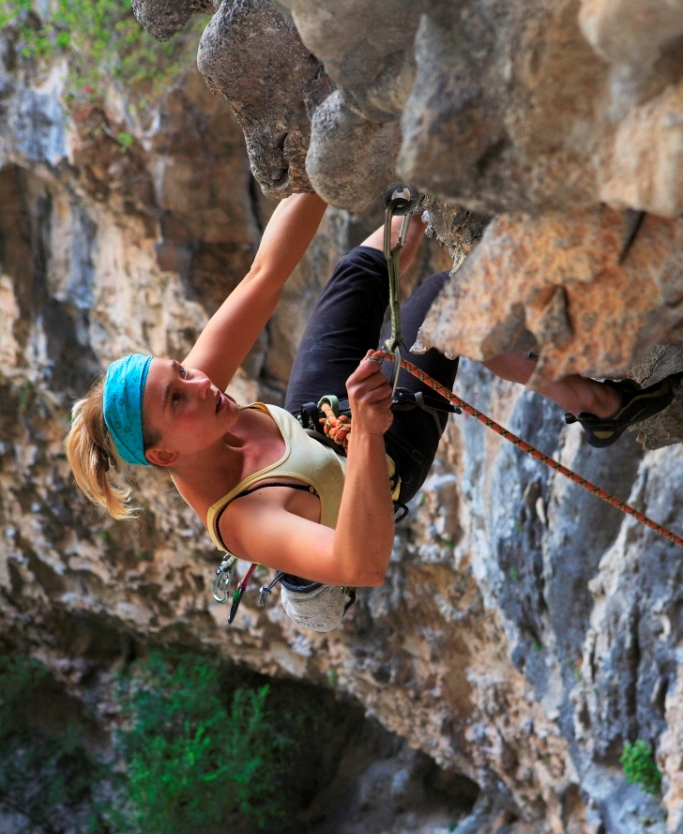Dr Anna Zapolska
 Archaeology Institute
Archaeology Institute
University of Warsaw
Krakowskie Przedmieście 26/28
PL-00-927 Warsaw
anna.zapolska@gmail.com
On the staff of the Institute of Archaeology University of Warsaw since 2012, I am currently working on the project “Migration Period between Odra and Vistula”. The subject of my PhD thesis, supervised by Aleksander Bursche, were Roman coin finds from the West Balt culture environment. My research interests include Roman Period archaeology, Roman-Barbarian contacts, ancient numismatics and archival archaeology.
In 2010/2011 I taught classes in museum science, conservation and outreach (for second year students) at the Institute of Archaeology UW.
In 2008 I was in charge of technical edition of the conference proceedings from the Nieborów Workshop (Roman Coins Outside the Empire. Ways and Phases, Context and Functions. Proceedings of the ESF/SCH Exploratory Workshop, Radziwiłł Palace, Nieborów (Poland), 3-6 September 2005, Warszawa 2008, eds. A. Bursche, R. Ciołek, R. Wolters.
I have taken part in several excavations, in Poland and abroad, mostly in sites from the Roman and the medieval period, including two urban sites, e.g.: Czerwony Dwór (Bogaczewo culture cemetery, from the Roman Period), Juchnajcie (Roman Period settlement), Szurpiły (early medieval cemetery), Mokhovoye/Wiskiauten in Sambia, Kalinigrad Oblast (early medieval settlement).
I have completed a PhD grant offered by the Ministry of Science and Higher Education (now National Science Centre) on Roman coin finds from the West Balt culture environment, with Professor A. Bursche as my supervisor. I have been the beneficiary of the following scholarship grants: KAAD (Katholischer Akademischer Ausländer-Dienst) in Archäologisches Landesmuseum in Schleswig; Münzkabinett der Staatlichen Museen in Berlin; Museum für Vor- und Frühgeschichte in Berlin; Institut für Klassische Arächeologie in Georg-August- Universität in Göttingen; Herder Institute in Marburg; a “Travel Grant” from the International Numismatic Commission – archive, museum research in the Kaliningrad Regional Arts and History Museum, the National Museum of Lithuania in Vilnius and the National History Museum of Latvia in Riga.
Selected publications
- Znaleziska monet rzymskich w kontekstach wczesnośredniowiecznych na ziemiach Polski, Wiadomości Numizmatyczne t. LI, z. 2/2007, s. 149-178 (skrót pracy magisterskiej).
- Römische Münzen im Westbaltischen Kulturkreis – Kontexte und Funktionen, (w:) Bursche A., Ciołek R., Wolters R. (red.) Roman Coins Outside the Empire. Ways and Phases, Context and Functions. Proceedings of the ESF/SCH Exploratory Workshop, Radziwiłł Palace, Nieborów (Poland), 3-6 September 2005, Warszawa 2008, s. 179-194.
- Roman denarii from the Bogaczewo and Sudovian culture, Polish Numismatic News VIII, 2009, s. 139-166.
- Römische Münzen aus dem westen Teil des Westbaltischen Kulturkreises – Kontexte und Funktionen, Numismatický sborník 24, s. 115-131.
- Roman coins from the western part of the West Balt territory, (w:) N. Holmes (red.) Proceedings of the XVIth International Numismatic Congress, Glasgow 2009, Glasgow 2011, s. 1115-1125.
- The Influx of Roman Coins to the West Balt Culture Environment, Notae Numismaticae, vol. VIII (2013), p. 105-122.
- The coins of the goldsmith hoard of Frombork reconcidered, Notae Numismaticae, vol. IX (2014), p. 71-92.
- Monety rzymskie z cmentarzyska płaskiego w Łężanach/ The Roman Coins from the Flat Cemetery in Łężany, [w:] Wiśniewska A. (red.) Łężany – cmentarzysko z okresu wpływów rzymskich i okresu wędrówek ludów na Pojezierzu Mrągowskim. Badania w sezonie 2013/ Łężany – cemetery of the Roman Period and Migration Period in the Mrągowo Lake District. Research in season 2013, p. 79-101.


